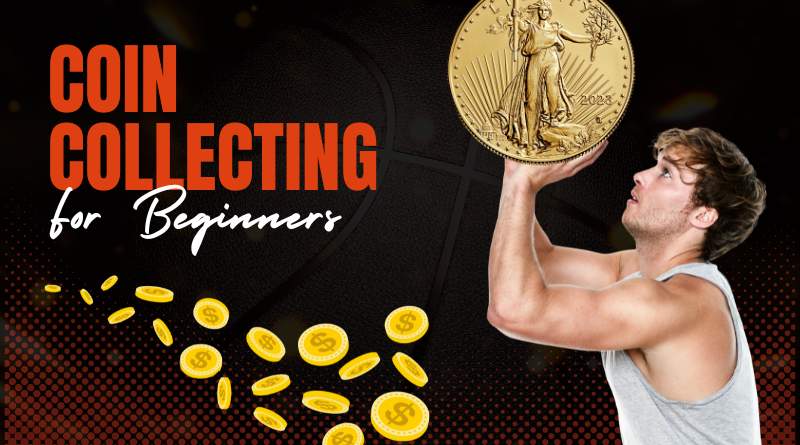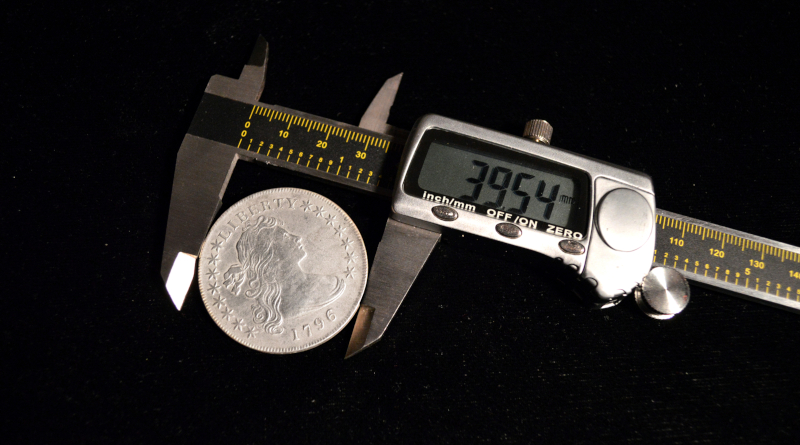Coin Collecting 303 - Mint Errors: Know Them to Love Them
Learning how coins are made is the key to distinguishing genuine error coins from damaged or altered coins.
Week after week, I see posts in coin forums on the Internet or articles in magazines from people who think they have a rare error coin . Usually, the truth is revealed that the coin was damaged after it left the mint. Some of them are regular damage resulting from a coin counting machine or being mishandled in circulation. Others are created intentionally with the sole purpose of deceiving the purchaser. Therefore, you need to understand how coins are manufactured to discern genuine mint errors from damaged and deceptively altered coins.
Learn How Coins Are Made
Before you can differentiate an actual mint error from some sort of intentional damage, you must begin by understanding how different coins are made . In ancient times, coins were created manually by placing a piece of metal between two coin dies and using a large, heavy hammer to strike them. Whenever a manual process is involved in the minting of coins, there will be some room for variances. However, this also increases the chance of mint errors.
For example, early U.S. coins minted in the late 1700s and early 1800s used coin dies that were directly engraved by hand. This led to slight variations in each die created. These are known as " die varieties " and are not considered mint errors. However, they are still highly collectible.
Eventually, machines were employed to produce coin dies. This process led to more consistency in each coin die being identical to the one produced before. However, this process also introduced another dimension for coin errors. Today, modern coins are produced using computer-controlled manufacturing equipment. This leads to an even higher level of consistency than any other time in history.
Mints around the world strive to produce the highest quality coins while striving to eliminate errors altogether. Various technology is employed to achieve this goal. There are as many different minting processes as there are mints around the world. However, some commonalities exist regardless of the minting process.
Classification of Error Coins
In 2007, Alan Herbert published the book "The Official Price Guide to Mint Errors, Seventh Edition." He breaks down the sources of mint errors into three classifications. By understanding these three divisions, you will be able to discern what is a genuine mint error and what is not.
The Planchet
The planchet is a piece of metal upon which the coin will be struck. Most of them are round. However, different shape coins have been produced over the years. It must be noted that some ancient coins were cast and not struck. This must be taken into account when deciding if an ancient coin is a mint error.
Here is a list of common problems with planchets that can result in mint errors:
· The metal used for the coin is not of the proper alloy or the correct purity.
· The blank or planchet is defective. This can include surface defects or improper thickness.
- Clipped planchets result during the production process when the sheet of metal is not moved forward enough before the blank is punched out. This results in a crescent-shaped planchet.
· A coin is struck on the wrong planchet. For example, a penny struck on a dime planchet.
The Coin Die
A coin die is a metal tool that is used to strike the impression onto the coin blank or planchet. Problems with the coin die can result from improper production to catastrophic failure during minting. Some of these errors include the following:
· Problems with engraving the die. This can result in over-dates, double-dates, and blundered dates.
· Doubled dies result from multiple impressions from a hub used to create the die. This results in a doubled image on all or part of the coin
· At one time, mint marks were added to United States coins by punching a small letter into a working die. This resulted in various errors, such as doubled or re-punched mintmarks. Additionally, mint marks have also been omitted on coins resulting in errors.
· As dies are used to produce coins, they experience fatigue and can crack or break. This leads to a variety of different errors that can be found on error coins.
Striking the Coin
The final area that could result in an error coin is the process of striking the coin itself. This mechanical process uses a coining press that exerts several tons of pressure to create the coin. Some classifications of striking errors are as follows:
- A double or multiple-struck coin is the most common form of striking error. This results in multiple design impressions on a single planchet.
· Foreign objects can sometimes enter the coining chamber and be struck into the coin. These are known as struck-through errors. Additionally, a foreign piece of metal, such as a washer, can enter the coining chamber and get struck with the impression of the coin design.
· Another common type of striking error is rotated dies. In the United States, a coin flipped from top to bottom results in the design being face up. This is called coin rotation. If the die is installed in the machine improperly, this results in a medal rotation error.
· Any coin that does not enter the coining chamber and rests properly will result in a mint error. Common errors are weak strikes, edge strikes, partial strikes, and die adjustment strikes.
Fake Errors
Finally, any collector of error coins must realize that unscrupulous people will try to produce counterfeit or altered coins to look like mint errors. Careful study of mint errors will help you discern altered coins made to look like mint errors from genuine mint errors.

Download the Greysheet app for access to pricing, news, events and your subscriptions.
Subscribe Now.

Subscribe to RQ Red Book Quarterly for the industry's most respected pricing and to read more articles just like this.
Author: James M Bucki
Related Stories (powered by Greysheet News)
View all news
A die variety occurs when there is an intentional or unintentional change or variation to the design on the coin die.

There are many reasons people start collecting coins: for fun, profit, even investment. It's best to learn the basics before you jump in too quickly.

Detecting counterfeit coins is a science that requires skill and experience to perfect.









Please sign in or register to leave a comment.
Your identity will be restricted to first name/last initial, or a user ID you create.
Comment
Comments